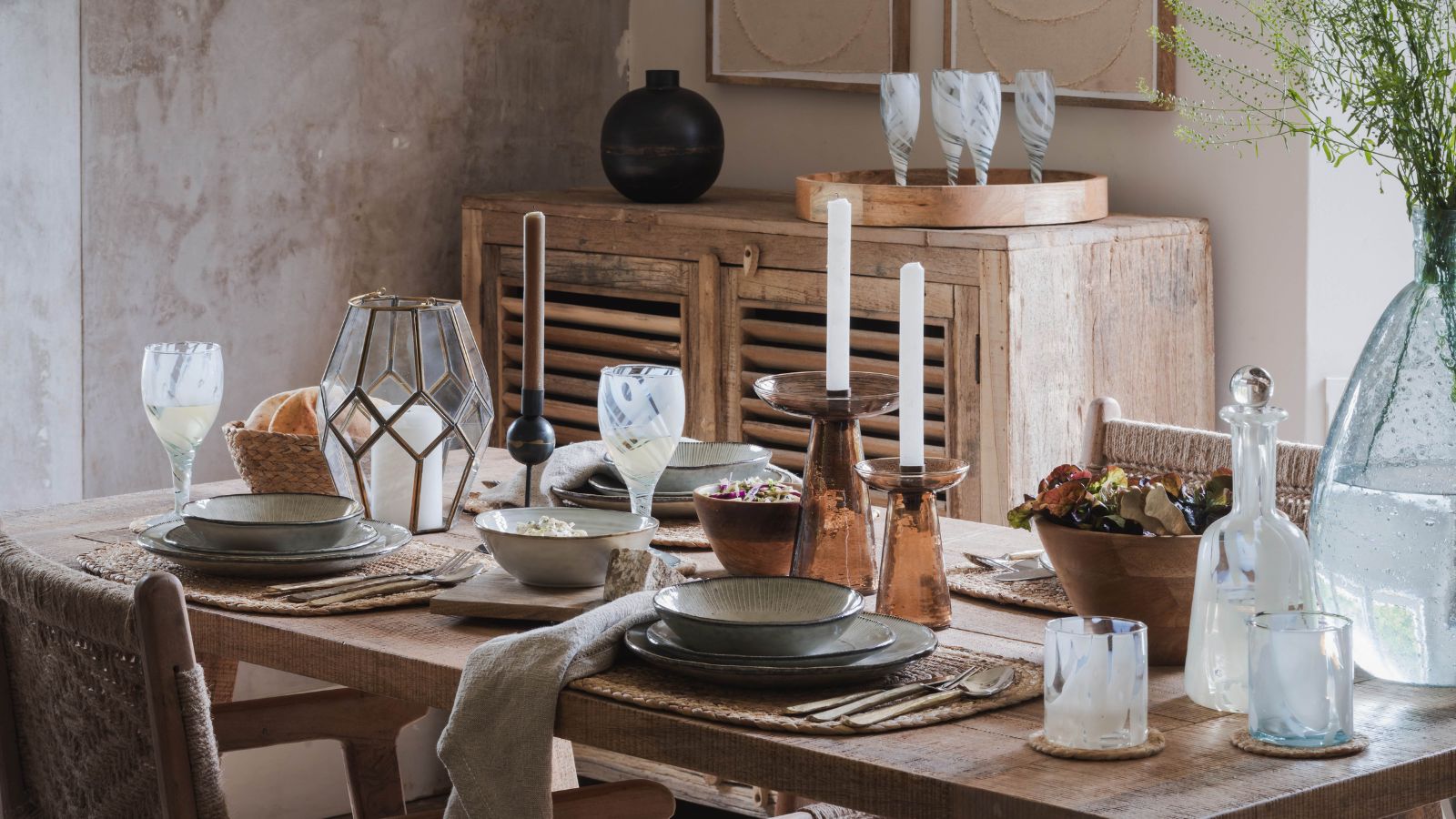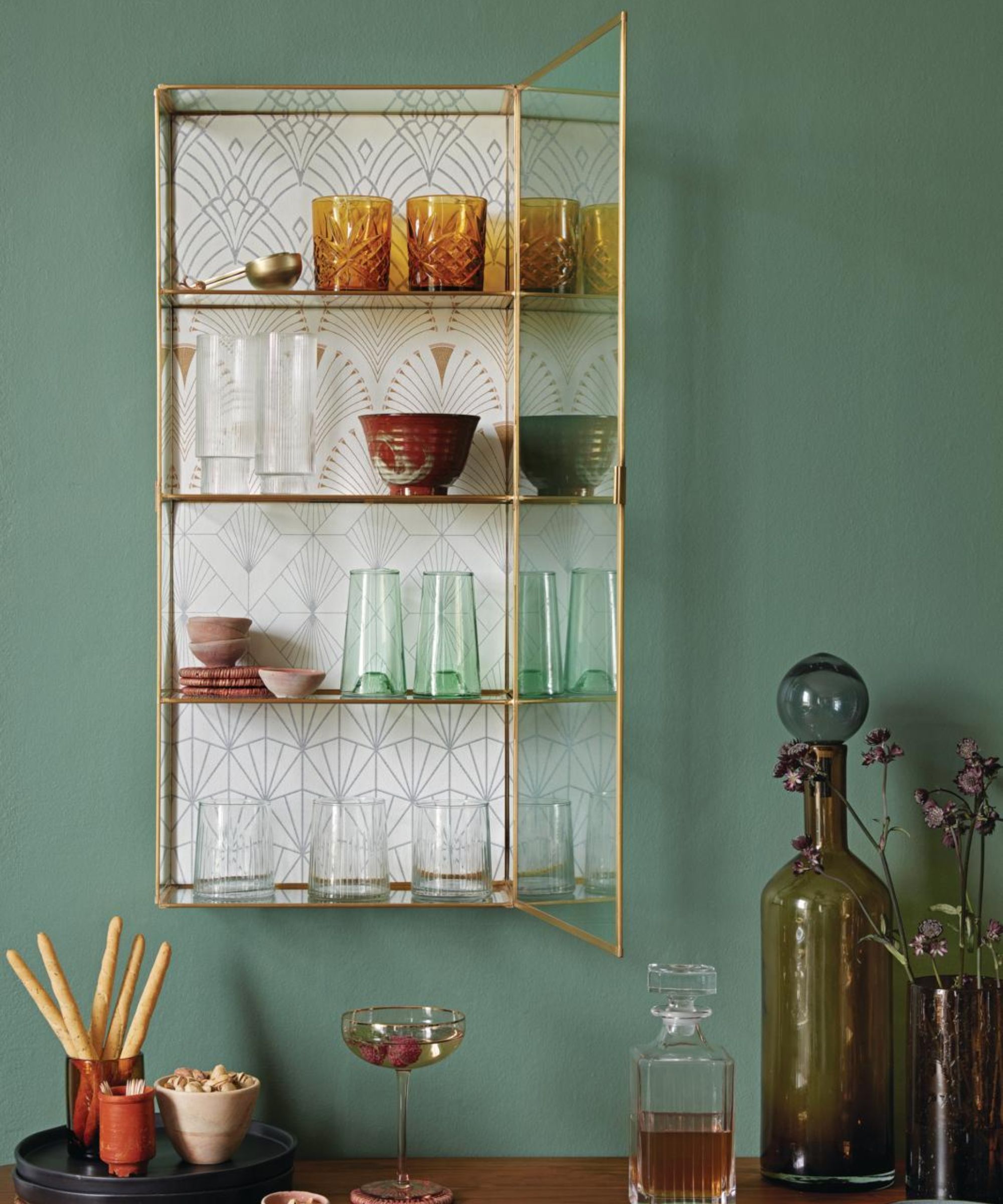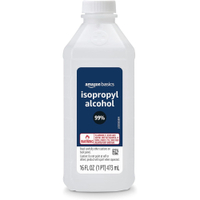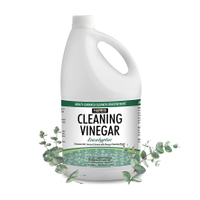How to remove wax from glass – 3 ways to do so without damage
Ever found yourself staring in frustration at a glass surface coated in an unsightly layer of waxy buildup? Here are 3 ways to remedy this issue quickly


Spilled wax can be a nuisance to remove, and cleaning it off glass presents a whole extra challenge since these surfaces can be delicate and prone to damage. However, with the right approach, cleaning spilled wax off glass can be made simpler and done without scratching even the most delicate glassware.
Just like getting candle wax out of jars, cleaning wax off glass requires a thoughtful approach to ensure a successful outcome. So, whether you need to clean a glass table or your best wine glasses, there are three key methods you can employ to effectively tackle the job.
In this guide, we explain how to remove wax from glass with freezing, heating, and solvent-based techniques and cleaning tips to restore your glass surfaces to their pristine condition.
How to remove wax from glass
There are a few different techniques to remove wax from glass, and the effectiveness of each will depend on how thick the layers of wax are and the shape of the glass. While it's easier to remove wax off flat glass surfaces, dealing with glass that is curved or has an uneven surface can be trickier, especially if it's delicate. Ultimately, the best method will vary based on these factors. Below, we explain the best techniques for different types of wax removal jobs.

1. Freezing technique – chip away chunks
Freezing or cooling the wax causes it to become brittle, making it easier to chip off. This method is best for wax that's already solidified and relatively thin, particularly on flat surfaces where scraping the wax off is straightforward.
To apply this method, you can place ice cubes in a plastic bag and hold it over the wax, or, if you are attempting to remove wax from a smaller glass item, you can place it in the freezer for a short period. Once the wax has hardened, gently chip away the wax with a plastic scraper.
'However, you should avoid using freezing methods on tempered glass or glass with sensitive coatings, as rapid temperature changes can lead to damage,' warns Allen Kyi, Production Director at Kingkonree.
2. Heating method – soften the wax
For wax that's difficult to chip away, such as thick layers or wax that is deeply embedded in crevices, warming the wax to soften it can be a very effective way to remove it. It's also useful for curved or irregularly shaped glass surfaces where scraping might be challenging. You can do this by either using a hairdryer on its lowest setting or some hot water or steam.
Then, for flat surfaces like windows, mirrors, or glass tabletops, you can use a scraping tool from Walmart to remove any softened wax. Avoid metal ones to prevent scratching. For intricate glass designs or hard-to-reach areas, smaller tools like toothpicks or cotton swabs can remove wax.
3. Solvent solution – wipe away the wax
'Perhaps the cleanest, safest way to get wax off of glass is to use a solvent like rubbing alcohol,' says Martin Orefice, the CEO of Rent To Own Labs. 'Start by chipping away large chunks of wax, carefully.
'Once you're down to nothing but the waxy film, apply rubbing alcohol to dissolve it. You'll then be able to wipe it away easily.'
Rubbing alcohol or isopropyl alcohol can also be used to wipe away wax that has built up in layers. Soak the cloth and rub gently so as not to smear. Be sure to scrub in circles rather than back-and-forth strokes.
Amazon Basics 99% Isopropyl Alcohol | Was $8.54, now $7.70, from Amazon
This rubbing alcohol should make light work of removing residual wax coatings from glass.
'To remove any leftover wax, use a solution of vinegar with water and use it to clean the glass,' recommends Allen Kyi. 'It breaks down the wax without leaving any harmful residues. Cleaning with vinegar is a natural solution that is perfect for delicate glass surfaces.'
HARRIS Cleaning Vinegar | $23.50 from Amazon
Vinegar has been used for centuries as a natural alternative to household cleaners and can be a perfect addition to your ultimate cleaning supply checklist.
Make sure, before applying any methods, to assess the potential risk of damaging the glass. You can do this by testing the chosen method on a small, hidden area of the glass to check if there are any adverse effects before proceeding with the cleaning.
Sign up to the Homes & Gardens newsletter
Design expertise in your inbox – from inspiring decorating ideas and beautiful celebrity homes to practical gardening advice and shopping round-ups.

Lola Houlton is a news writer for Homes & Gardens. She has been writing content for Future PLC for the past six years, in particular Homes & Gardens, Real Homes and GardeningEtc. She writes on a broad range of subjects, including practical household advice, recipe articles, and product reviews, working closely with experts in their fields to cover everything from heating to home organization through to house plants. Lola is a graduate, who completed her degree in Psychology at the University of Sussex. She has also spent some time working at the BBC.
-
 Do cleaning products expire? Professional cleaners warn time could make them ‘less effective, and in some cases, irritating to use’
Do cleaning products expire? Professional cleaners warn time could make them ‘less effective, and in some cases, irritating to use’For the best results, it pays to stay on top of the timeline of your cleaning products
By Chiana Dickson Published
-
 7 of the best tomatoes for growing in pots - expert growers pick their top varieties ideal for large harvests from containers
7 of the best tomatoes for growing in pots - expert growers pick their top varieties ideal for large harvests from containersYou can enjoy bumper homegrown harvests in small spaces
By Drew Swainston Published

